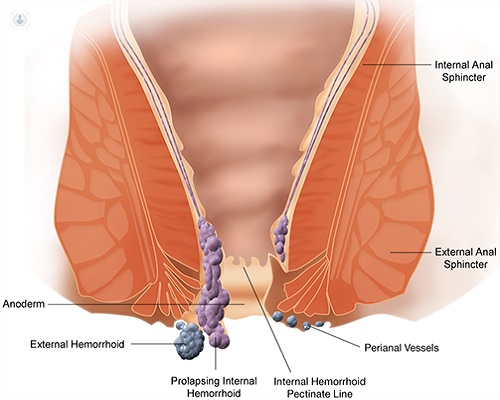In this blog, we will delve into the causes, symptoms, and types of piles to provide a clearer understanding of this condition.

Introduction: Piles, also known as hemorrhoids, are a common medical condition that affects a large number of people worldwide. Despite its prevalence, many individuals have little knowledge about piles and may refrain from seeking treatment due to embarrassment or lack of understanding. In this blog, we will delve into the causes, symptoms, and types of piles to provide a clearer understanding of this condition. Causes of Piles: Piles occur when the blood vessels in the anal canal become swollen and inflamed. There are several factors that can contribute to the development of piles, including: 1. Straining during bowel movements 2. Constipation or diarrhoea 3. Prolonged sitting or standing 4. Obesity 5. Pregnancy and childbirth 6. Aging 7. Genetic predisposition 8. Poor dietary habits, such as low fiber intake Symptoms of Piles: The symptoms of piles can vary depending on the type and severity of the condition. Common signs of piles include: 1. Rectal bleeding, especially during bowel movements 2. Itching or irritation in the anal region 3. Pain or discomfort, particularly when sitting 4. Swelling or lumps around the anus 5. Mucus discharge 6. In some cases, piles may protrude from the anus and require manual repositioning. Types of Piles: There are two main types of piles: internal and external. 1. Internal piles: These develop inside the rectum and are usually painless, but may cause rectal bleeding. They can protrude through the anus during bowel movements. 2. External piles: These form under the skin around the anus and are often painful and itchy. They may develop blood clots, leading to a condition known as thrombosed hemorrhoids. Treatment and Prevention: Treatment for piles depends on the severity of the condition, ranging from lifestyle modifications to surgical interventions. Common treatment options include: 1. Dietary changes to increase fiber intake 2. Topical creams or ointments to relieve symptoms 3. Sitz baths to reduce inflammation and discomfort 4. Rubber band ligation or sclerotherapy for internal piles 5. Hemorrhoidectomy for severe or persistent cases. To prevent piles or reduce the risk of recurrence, individuals are advised to: 1. Maintain a high-fiber diet with plenty of fruits, vegetables, and whole grains 2. Stay hydrated by drinking an adequate amount of water 3. Avoid straining during bowel movements 4. Practice good hygiene in the anal area 5. Engage in regular physical activity to promote healthy bowel function Conclusion: In conclusion, piles are a common and treatable condition that can cause discomfort and inconvenience if left untreated. By understanding the causes, symptoms, and types of piles, individuals can take proactive steps to manage their condition effectively and improve their quality of life. If you are experiencing symptoms of piles, it is important to consult a healthcare professional Dr. Vikash Kumar in Piles Cure Centre for proper diagnosis and treatment. Remember, early intervention can lead to better outcomes and relief from piles-related discomfort.
\r\n